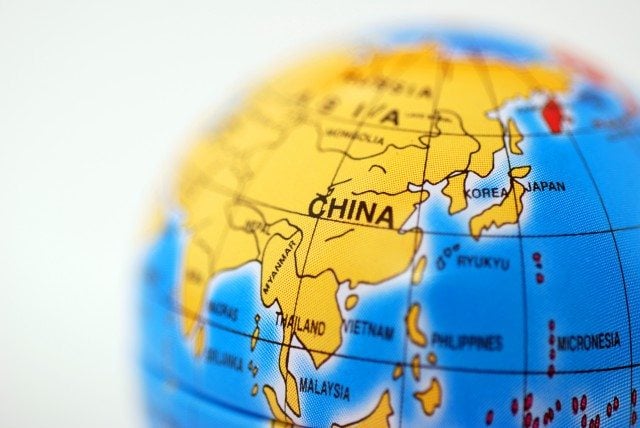In recent years, China has seen significant changes in eating habits, shopping behaviours, and lifestyle habits, as consumer behaviour responds to Western influences.
Consumer packaged goods (CPG) providers will capitalise on the trend of Westernisation for new experiences and integrate more Western groceries onto their shelves, Canadean predicts.
As the Westernisation of the retail market is fairly new, products that are considered to be mid-range are more likely to be offered as premium products in China.
Western commodities also serve as symbols of modernisation and provide a sense of elevated status for consumers.
As a result, Western brands of products such as fragrances, chocolates, coffee, cheese, ice cream, and carbonated soft drinks are becoming prevalent in Chinese retail markets.
Packaging manufacturers need to keep abreast of changes in the market
A typical Chinese supermarket in a developed urban area will stock more varied products in comparison to an equivalent US or Japanese store, thus increasing the choice available and offering more opportunities to choose Western products.
Canadean says this is an important trend for packaging companies.
Also, domestic companies need to match the standards of Western packaging so they stand out against their counterparts.
“Despite China’s growing interest in Western brands, foreign offerings do not always find it easy to integrate into the Chinese retail market. Earlier this year, Revlon and L’Oréal both pulled back from China, misunderstanding the needs of this lucrative market,” says senior analyst Catherine O’Connor.
“CPG providers will attract more custom by localising products to Chinese tastes, for example, KFC has introduced a ranged of breakfast soups, and Oreos are altered in China to have flavours such as green tea, as consumers found the originals too sweet.”
As well as reformulating products for the Chinese market, companies need to modify packaging to influence them at the shelf edge.
“In particular, the use of colours is of paramount importance for the Chinese. Yellow is seen as royal colour and red is chosen for good luck and happiness. However, these bright colors are mostly preferred for food products, while pastel or white shades are preferred for household items and personal care products,” says O’Connor.










